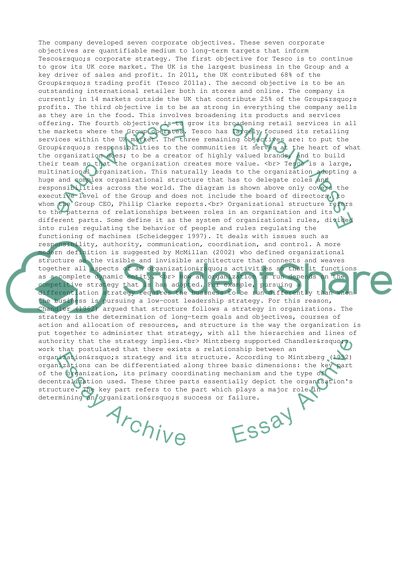Cite this document
(“Mission, aims and objectives of Tesco PLC Essay”, n.d.)
Retrieved from https://studentshare.org/business/1398900-managing-activities-to-achieve-results
Retrieved from https://studentshare.org/business/1398900-managing-activities-to-achieve-results
(Mission, Aims and Objectives of Tesco PLC Essay)
https://studentshare.org/business/1398900-managing-activities-to-achieve-results.
https://studentshare.org/business/1398900-managing-activities-to-achieve-results.
“Mission, Aims and Objectives of Tesco PLC Essay”, n.d. https://studentshare.org/business/1398900-managing-activities-to-achieve-results.


